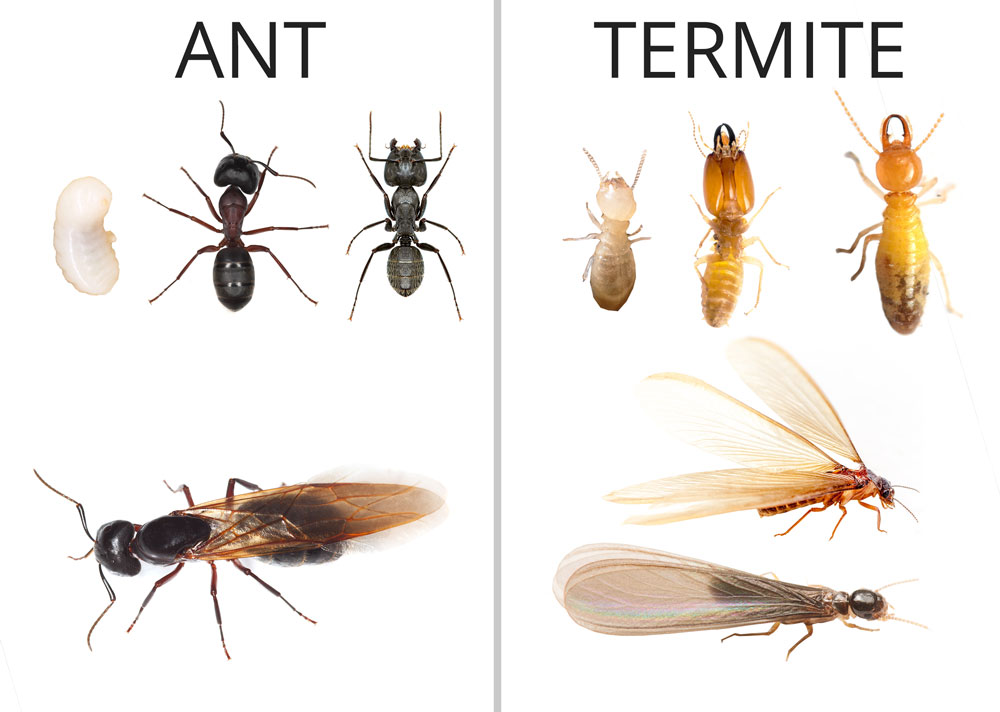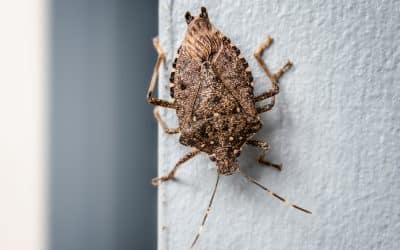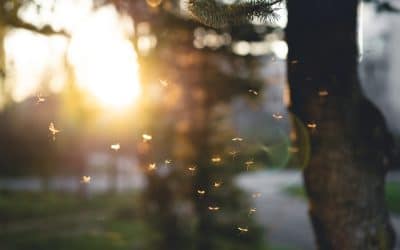
Pest Identification: Termites
The Eastern Subterranean termite colony consists of four social members: King, Queen, Soldier, and Worker. The worker, resembling a small maggot, feeds the colony and is responsible for significant termite damage annually. Swarmer termites (Kings & Queens), emerging in March or May for propagation, resemble small black flying ants and shed their wings before mating. A colony can have up to one million members, mostly dormant in winter. Worker termites build mud tubes for transit and food transportation, needing only a one-sixteenth inch gap to enter homes. They can colonize above ground if there's enough moisture, though they're usually not found above the first floor.
Springtime swarms inside or outside homes indicate reproductive termites, which are the only members with functional eyes. If the king or queen dies, secondary reproductive’s take over egg production, rapidly expanding the colony. These termites communicate with pheromones due to their blindness. They can be mistaken for flying ants but differ in size, antenna shape, waistline, and wing length. Unlike ants, termites break off their wings after swarming.
Termites are found in every U.S. state except Alaska and can damage various materials, including pool liners, cardboard boxes, books, sheetrock paper, wood paneling, and even pressure-treated wood.
Signs of termites include wood damage (hollow-sounding when tapped), mud tunnels on walls or wooden surfaces, and swarming termites near light sources, indicated by discarded wings of equal size.
To combat termites, a barrier is created around the foundation with undetectable termiticide. Termites spread this chemical through social interaction, gradually eliminating the colony. Professional technicians also recommend preventive measures such as removing earth-to-wood contact, fixing leaks, and stump removal to deter future invasions.
If you suspect that you may have a termite infestation or any other wood destroying insect, please call us to set up an inspection.

Ants vs. Termites
Most homeowners see a cloud of swarming flying insects and immediately think they have a termite infestation. What they might not realize is they may be looking at Flying Ants. See the simple identifiers below to help determine what pest is bugging you.
Northeastern Subterranean termite are the main species of termite that effect our region of the country.
Termites have:
- straight antennae
- equal length wings
- straight waist
- 2 body segments
Flying Ants have:
- bent antennae
- unequal length wings
- pinched waist
- 3 body segments
Buzzwords
Bug Off! Keeping Stink Bugs Out of Your Home
Fall in New England brings crisp air, colorful leaves, and stink bugs. As soon as the temperatures start to dip, stink bugs start searching for a cozy spot to ride out the winter, and your home is often their top choice. Unless you know how to stop them. With a few...
Protect Your Lawn: What You Need to Know About Grubs
You work hard to maintain a beautiful yard. But if you start noticing unexplained patches or spongy turf, grubs might be the culprit. These pesky beetle larvae feed on grass roots, turning lush lawns into a patchy mess. Bottom line: they are a threat to your yard....
Buzz Off: How to Identify Common Flying Pests in Massachusetts
When August rolls around, it’s time to savor those last sweet weeks of summer. But the heat and sunshine also bring out a surge in dangerous summer pests. Many bite, others sting, and some just won’t leave you alone. Do you know what’s buzzing around your yard? From...



